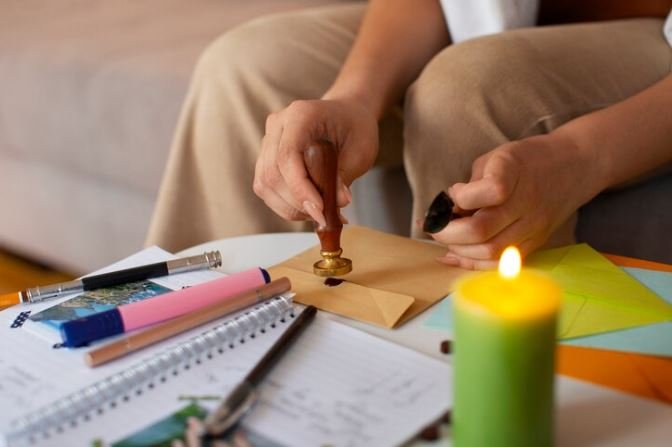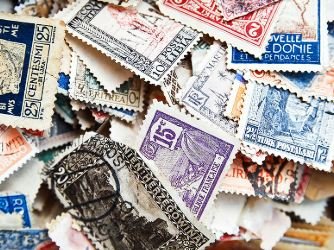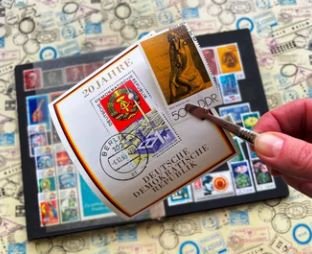Discover the common mistakes in stamp collecting that can hinder your progress and enjoyment. Learn how to identify and overcome these pitfalls to enhance your collection, protect your investments, and make informed decisions as a collector.
Stamp collecting is a rewarding hobby that allows enthusiasts to connect with history, art, and culture. However, many collectors, especially beginners, can fall into common mistakes in stamp collecting that may hinder their progress and enjoyment. Understanding these pitfalls is essential for identifying and overcoming them, ultimately leading to a better collection. In this article, we will explore some of the most prevalent common mistakes in stamp collecting, how to avoid them, and tips to enhance your collecting experience.

1. Neglecting Proper Storage
One of the most critical common mistakes in stamp collecting is improper storage. Stamps are delicate and can easily be damaged by exposure to light, moisture, and physical wear. Using unsuitable storage materials, such as plastic sleeves or albums that contain harmful chemicals, can lead to irreversible damage.
Solution: Invest in high-quality stamp albums, protective sleeves, and acid-free materials. Store your collection in a cool, dry place away from direct sunlight to preserve its condition.
2. Overlooking Stamp Condition
When valuing a collection, many collectors underestimate the importance of condition, which is one of the most significant factors in determining a stamp’s worth. A common mistake in stamp collecting is not properly assessing the condition of stamps before purchasing or selling them.
Solution: Learn to evaluate stamps carefully. Look for signs of wear, such as creases, tears, or faded colors. Using a magnifying glass can help you spot minor defects that could significantly impact value.

3. Failing to Research
Another common mistake in stamp collecting is not conducting thorough research. Many collectors buy stamps based on impulse or aesthetic appeal without understanding their historical significance, rarity, or market value.
Solution: Utilize stamp catalogs, online resources, and philatelic societies to educate yourself about the stamps you collect. Knowledge is power; understanding your collection can prevent overpaying or undervaluing stamps.
4. Ignoring Authentication
Counterfeit stamps are a reality in the world of philately, and one of the most significant common mistakes in stamp collecting is neglecting to verify the authenticity of stamps. This can lead to financial loss and disappointment when you discover that a valuable stamp is not genuine.
Solution: Always seek authentication from reputable dealers or professional appraisers, especially for rare and valuable stamps. Familiarize yourself with the features that distinguish genuine stamps from fakes.
5. Not Joining a Community
Many collectors make the mistake of trying to navigate the world of stamp collecting alone. This can lead to missed opportunities for learning, trading, and networking. Being part of a community can provide invaluable support and knowledge.
Solution: Join local or online philatelic societies to connect with fellow collectors. Attend stamp shows, exhibitions, and auctions to expand your network and gain insights from experienced enthusiasts.
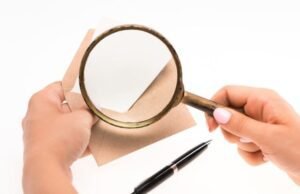
6. Underestimating the Importance of Cataloging
A significant oversight in stamp collecting is failing to keep an organized catalog of your collection. This common mistake can make it challenging to track your inventory, assess value, and manage your collection effectively.
Solution: Develop a cataloging system that works for you, whether it’s digital or physical. Record details such as purchase prices, condition, and any relevant history. This will help you maintain an accurate inventory and monitor the growth of your collection.
7. Impulsive Buying
Impulse buying is a prevalent issue among collectors, often leading to regret and a cluttered collection. A common mistake in stamp collecting is purchasing stamps without considering how they fit into your overall collection or collecting goals.
Solution: Establish a clear focus for your collection. Whether you’re collecting by theme, era, or country, having a defined direction will help you make more informed purchasing decisions and avoid clutter.
8. Ignoring Market Trends
Stamp collecting is influenced by market trends, and a common mistake in stamp collecting is failing to stay informed about these changes. Ignoring trends can lead to missed opportunities or investments in stamps that may decrease in value over time.
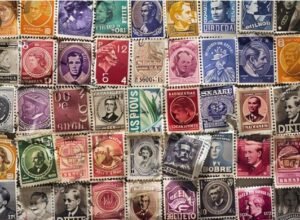
Solution: Stay updated on market conditions through philatelic publications, online forums, and auction results. Understanding market dynamics will help you make informed decisions about buying, selling, or trading stamps.
Conclusion
By recognizing and overcoming these common mistakes in stamp collecting, you can enhance your collecting experience and build a more valuable and meaningful collection. Proper storage, thorough research, and community engagement are just a few ways to ensure your journey in philately is both enjoyable and successful. As you grow in your collecting endeavors, remember that the lessons learned from mistakes are often the most valuable. With diligence and a passion for learning, you can avoid these pitfalls and truly appreciate the art and history behind each stamp in your collection.

